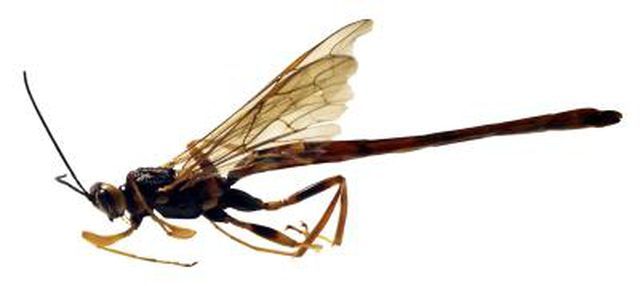Bulbs
Flower Basics
Flower Beds & Specialty Gardens
Flower Garden
Garden Furniture
Garden Gnomes
Garden Seeds
Garden Sheds
Garden Statues
Garden Tools & Supplies
Gardening Basics
Green & Organic
Groundcovers & Vines
Growing Annuals
Growing Basil
Growing Beans
Growing Berries
Growing Blueberries
Growing Cactus
Growing Corn
Growing Cotton
Growing Edibles
Growing Flowers
Growing Garlic
Growing Grapes
Growing Grass
Growing Herbs
Growing Jasmine
Growing Mint
Growing Mushrooms
Orchids
Growing Peanuts
Growing Perennials
Growing Plants
Growing Rosemary
Growing Roses
Growing Strawberries
Growing Sunflowers
Growing Thyme
Growing Tomatoes
Growing Tulips
Growing Vegetables
Herb Basics
Herb Garden
Indoor Growing
Landscaping Basics
Landscaping Patios
Landscaping Plants
Landscaping Shrubs
Landscaping Trees
Landscaping Walks & Pathways
Lawn Basics
Lawn Maintenance
Lawn Mowers
Lawn Ornaments
Lawn Planting
Lawn Tools
Outdoor Growing
Overall Landscape Planning
Pests, Weeds & Problems
Plant Basics
Rock Garden
Rose Garden
Shrubs
Soil
Specialty Gardens
Trees
Vegetable Garden
Yard Maintenance
How Do I Get Rid of Worms That Are Eating Yellow Loosestrife?
How Do I Get Rid of Worms That Are Eating Yellow Loosestrife?. Yellow loosestrife is a perennial flowering plant that produces tall spikes of yellow flowers in June, lasting through the end of July. Also known as creeping Jenny, it is the favorite meal of the grass sawfly's larvae. Light-colored worms with brown heads and large black eyes, the...

Yellow loosestrife is a perennial flowering plant that produces tall spikes of yellow flowers in June, lasting through the end of July. Also known as creeping Jenny, it is the favorite meal of the grass sawfly's larvae. Light-colored worms with brown heads and large black eyes, the larvae measure just over 1 inch in length. Pest management experts at the University of Illinois claim that, because the grass sawfly larvae have more than five sets of legs, they are not considered caterpillars, so caterpillar controls are useless against this worm. Products containing Sevin, carbaryl or anything labeled as a "pyrethroid" will manage an infestation.
Things You'll Need
Tank sprayer
Measuring cup or spoon
Fill the sprayer's tank with half the amount of water listed on the chemical's label.
Add the chemical to the tank, swirling as you pour it in. If the product is a powder or crystal, you may need to stir it until it is thoroughly dissolved.
Spray the yellow loosestrife's foliage until it drips, unless the label recommends otherwise. Swirl the tank as you spray, to keep the product mixed. Keep the spray away from the flowers to avoid damaging the bees that pollinate them.
Repeat the application per the label instructions.